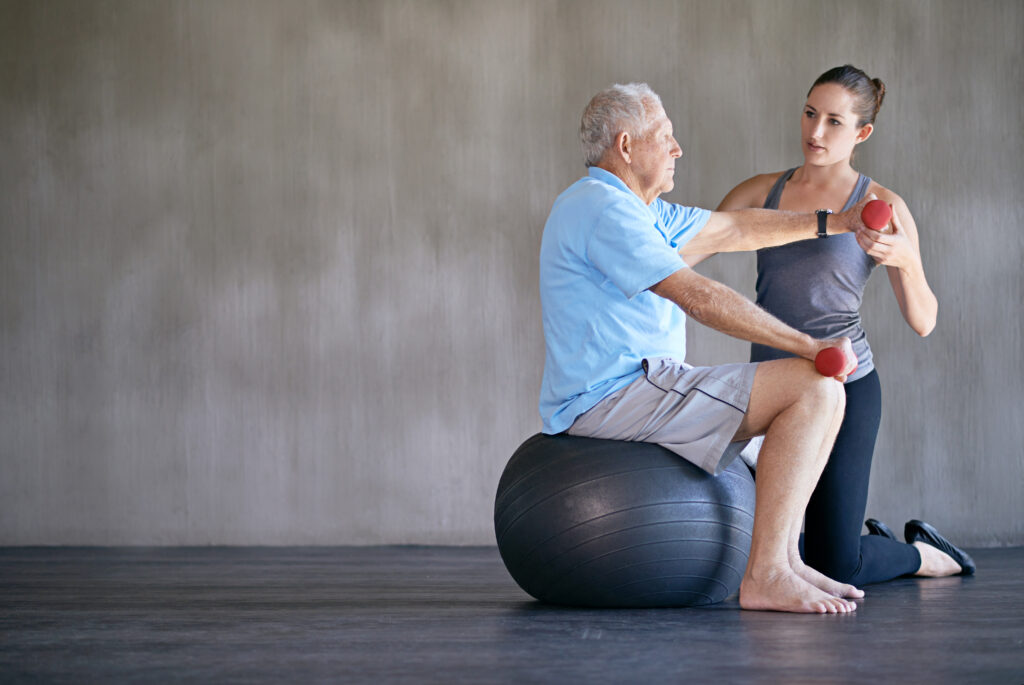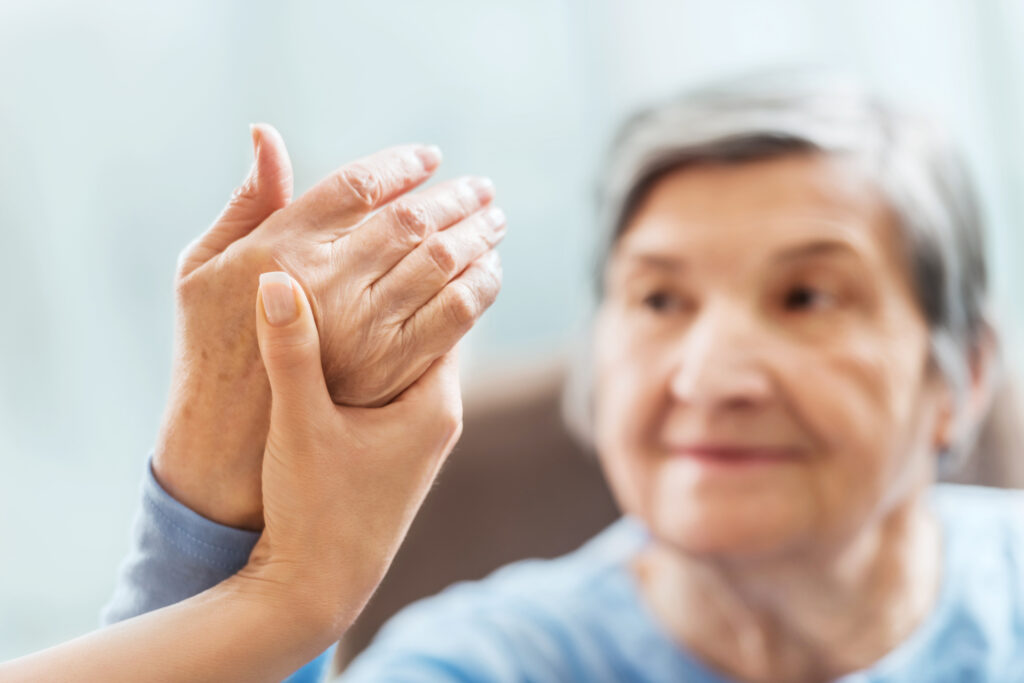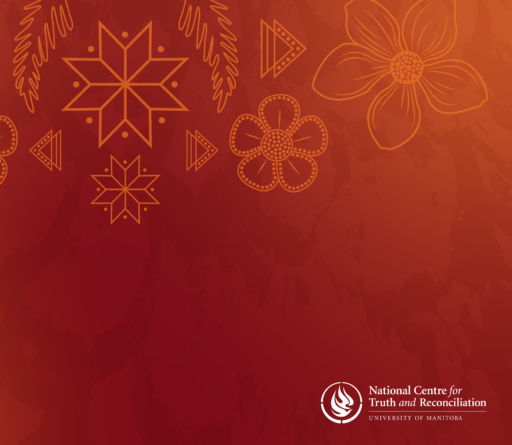College Blog
By: Fiona Campbell, PT
Senior Physiotherapist Advisor
Going to see a physiotherapist can be a bit scary for some patients. They’re asked to undress—often given a gown that doesn’t fit well or completely cover their body. They are touched and body parts are exposed. It’s a vulnerable position to be in.
Now, remember when you were a student. You most likely felt awkward that first anatomy class when you had to strip off your clothes and practice auscultation techniques or pectoral stretches. But by graduation it was no big deal and most of us were clearly desensitized to exposing our body in front of a group. As comfortable as you might be, never forget that this is not the case for the majority of patients.
When going for physiotherapy most patients find having someone see and touch their unclothed body as uncomfortable, intrusive, and most likely an undignified experience.
Everything you do as a physiotherapist has the power to either strengthen and restore patient dignity or to diminish and undermine it. This is a chance for you to help create a safe, comfortable space for your patients.
And so, one cannot overstate the importance of good draping. It plays a vital role in maintaining a patient’s dignity.
The medical students at the University of Toronto produced a video on the principles of draping. The principles covered apply to PTs, as well as doctors and anyone else who sees a patient in varying states of undress.
The Highlights
- Be clear with patients about how you will touch them, why you need to touch them and which body parts need to be exposed. Get permission (consent) each and every time.
- Balance the patient’s need for privacy with your need to expose certain areas.
- Give the patient options when possible.
- Keep the time that body areas are exposed to a minimum.
- Be sure the blanket or sheet will not slip or move. Give the patient control by asking them to hold the drape or position it in a way that makes them most comfortable.
- Avoid unnecessary physical contact and use strategic barriers like pillows or draping between yourself and the patient’s body.
- Position the patient comfortably and ensure they are warm. Check in regularly to see how they are feeling.
- Consider cultural differences but don’t assume everyone from a particular culture has the same values or sensitivities. That goes for age and gender too.
Watch this video as a reminder of the importance of good draping and everything that goes along with that.











Thanks, excellent reminder of how comfortable we can become with undressing when we train as Physiotherapists. It is so important to be sensitive to our patients individual needs re draping.
Being sensitive for our patients is paramount, we should always ensure that they are feeling as comfortable as possible during the treatment process.
It is important not to make assumptions about people based on their culture, age, gender, etc.
I reviewed the video and I think this is always a good reminder of technique when examining a patient.
As HCPs, it is important to understand that patients will sometimes see us as authority figures, so if we tell them to undress (without adequate explanations or proper draping techniques) they will feel extremely uncomfortable, but may comply. This can deal a huge hit to the HCP-patient relationship and lead to further complications within treatment adherence. As HCPs, we should always ask for consent and provide as much draping and explanations, along with being sensitive to patients’ cultural needs and requirements.
helpful
Draping is important to gain patients’ confidence in the HCP who is treating them. It is important to communicate the assessment/ technique to be performed, the amount of exposure, and the need for exposure before starting the treatment.
Great resource
I totally agree with the point that patient feel much more comfortable when they know exactly what to expect and they are in control of the how tight or lose the draping is.
Very helpful and informative video. Thanks for Uploading